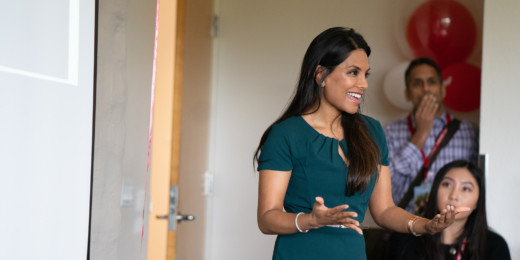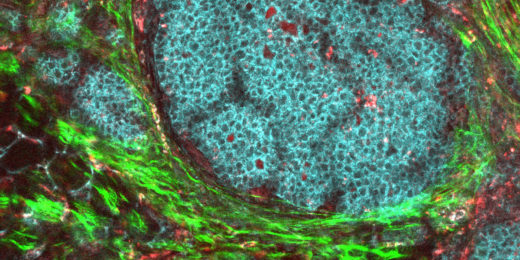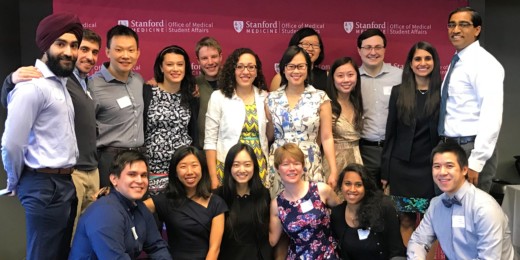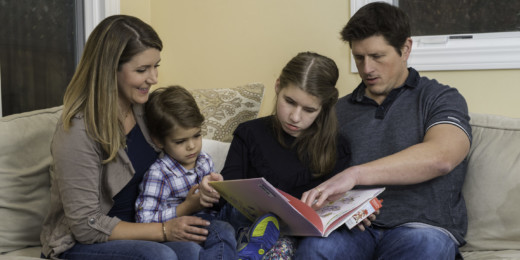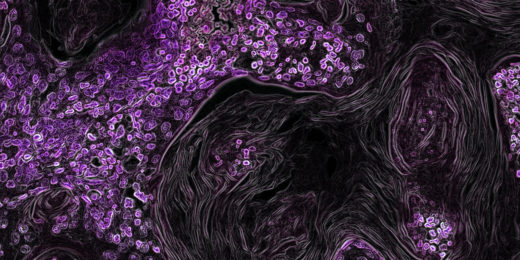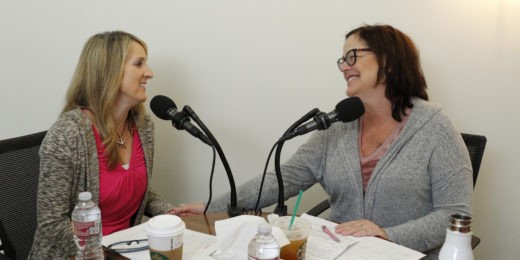Australian physician Dinesh Palipana advocated for the inclusion and acceptance of people with disabilities in medicine at Stanford Medicine X | ED.
Author: Mark Conley
The best way to prepare for a career in medicine and the importance of curiosity at Medicine X | ED
Medical students and physicians can learn important lessons from both landscape architecture and journalism, Stanford Medicine X | ED speakers explained.
From heart transplant to wheelchair basketball, a patient’s story
Ben Thornton received a heart transplant when he was 3-years-old and later suffered a complication that left him struggling to walk. Now, he's thriving as a wheelchair basketball player.
Tackling childhood obesity at Childx
A Childx panel discussion addressed multiple aspects of the childhood obesity epidemic and discussed solutions ranging from health interventions to community development.
A tale of the two-faced macrophage and cancer
When associated with tumors, immune cells known as macrophages can be both good and bad: they can help cancer spread and curb its growth.
Put well-being first, Arianna Huffington urges Stanford Medicine community
Using data and storytelling, Arianna Huffington is working encourage a cultural shift toward health and wellness, she explained at a conversation with Dean Lloyd Minor on campus.
CRISPR technology offers hope for sickle-cell patients
A Stanford Medicine article examines CRISPR, the gene-editing technology, and addresses its potential to help with conditions such as sickle-cell disease.
Inside the envelopes: Stanford Medicine’s Match Day
On Match Day, 70 graduating Stanford medical students matched with residencies at a celebratory — and suspenseful — event.
Depression in reproductive-age women is relatively common and undertreated, new research suggests
Stanford research shows that nearly one in 20 reproductive-age women have depression and less than one-third are taking antidepressants.
Stanford research helps expand window for treating stroke up to 24 hours
Clinicians now have up to 24 hours to treat a stroke, thanks in part to research and tools developed at Stanford Medicine.
The essence of precision health: Clinical Genomics Program to open at Stanford this spring
A new Clinical Genomics Program at Stanford will improve the diagnosis of rare genetic diseases, benefiting patients such as Tessa and Colton Nye.
New imaging agent could help personalize lung cancer treatment
A new radioactive agent developed at Stanford can identify whether a widely used lung cancer drug is likely to be effective.
Why Frankenstein matters, now, to you
Stanford anesthesiologist and writer Audrey Shafer reflects on the importance of considering the scientific and ethical issues raised by Frankenstein.
Story project collects experiences from Stanford Medicine patients, families and staff
Stanford Storybank, organized by Stanford Health Care, collects 40-minute audio stories from patients and members of the Stanford Medicine community.
Olympic snowboarder offers inspiration for those with congenital heart disease
Stanford pediatric cardiologist Seth Hollander comments on Shaun White's success, and explains the condition called tetralogy of Fallot.
Iron fuels fungal infections following lung transplant; new therapy proposed
The key to preventing dangerous Aspergillus fumigatus infections following lung transplant may be blocking iron, a new Stanford Medicine study has found.



